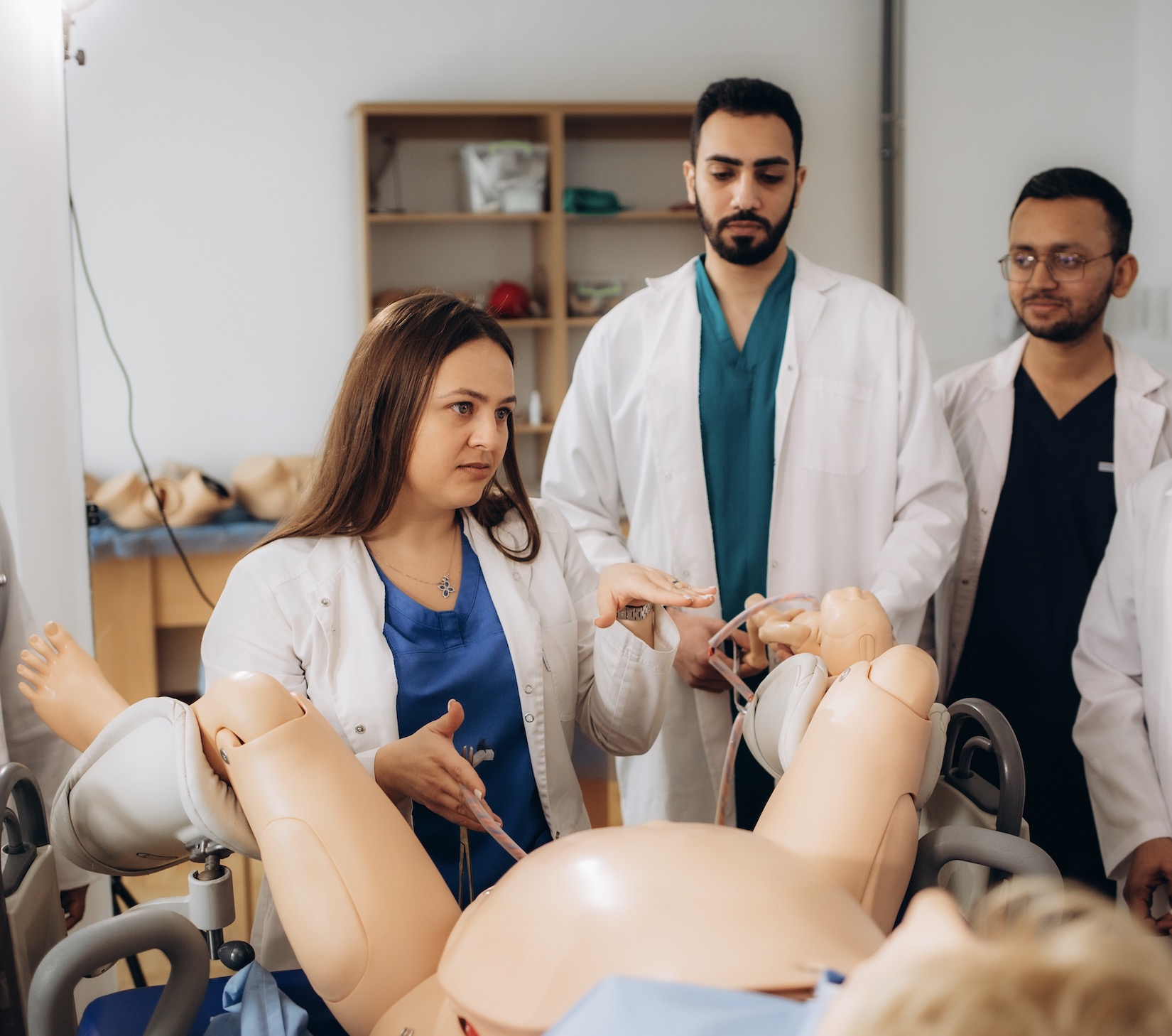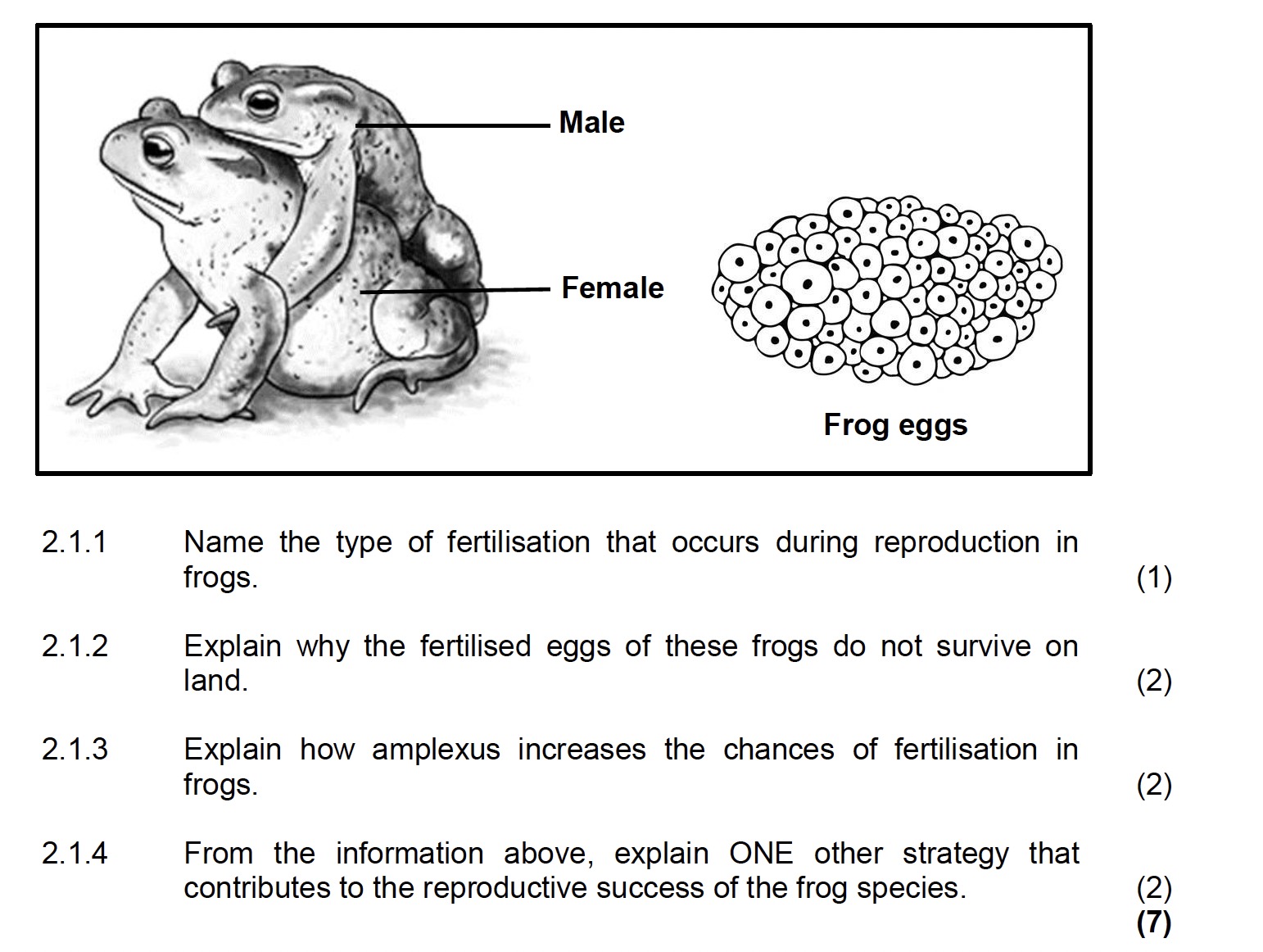Immerse yourself in our thorough repository of Grade 12 Life Sciences exam papers and memorandums, covering materials from 2024 to 2010. This resource is...
Human Reproduction Grade 12 Questions and Answers:
This page provides a comprehensive set of questions and answers tailored for the Life Sciences human reproduction section, specifically designed for Grade 12 students. These resources are ideal for preparing for exams and tests, offering detailed insights and explanations to enhance understanding of key concepts in human reproduction. Whether you are revising for final assessments or brushing up on specific topics, these questions will aid in thorough preparation and understanding.
Human Reproduction Grade 12 Questions and Answers
1. What is gametogenesis?
Answer: Gametogenesis is the process of forming gametes through meiosis. In males, this process is called spermatogenesis and occurs in the testes, while in females, it’s called oogenesis and occurs in the ovaries.
2. Describe the process of spermatogenesis.
Answer: Spermatogenesis occurs in the seminiferous tubules of the testes where diploid cells undergo meiosis, influenced by the hormone testosterone, to produce haploid sperm cells.
3. What happens during oogenesis?
Answer: During oogenesis, diploid cells in the ovary undergo mitosis to form follicles. Under the influence of FSH, one cell within a follicle enlarges and undergoes meiosis, resulting in one mature, haploid ovum and three smaller cells that degenerate.
4. Explain the hormonal regulation of the menstrual cycle.
Answer: The menstrual cycle is regulated by hormones where FSH from the pituitary gland promotes the development of a follicle. The follicle produces estrogen, thickening the uterus lining. LH then triggers ovulation. Post-ovulation, the corpus luteum forms and secretes progesterone to maintain the uterus lining. If no fertilization occurs, progesterone levels drop, leading to menstruation.
5. What is the role of progesterone in the menstrual cycle?
Answer: Progesterone helps maintain the thickened lining of the uterus during the menstrual cycle, supporting potential pregnancy. It inhibits FSH production through a negative feedback mechanism to prevent the maturation of additional follicles.
6. Describe the process of fertilization and early development up to the blastocyst stage.
Answer: Fertilization occurs in the Fallopian tube, where a sperm cell and an ovum merge to form a zygote. This zygote divides through mitosis, creating a cell cluster called the morula, which further divides into a blastocyst, a hollow ball of cells.
7. What occurs during implantation?
Answer: During implantation, the blastocyst embeds itself into the lining of the uterus. The outer cells of the blastocyst, the chorion, develop into chorionic villi that anchor into the uterine wall, facilitating the formation of the placenta.
8. How does the placenta function in fetal development?
Answer: The placenta facilitates the exchange of nutrients and oxygen from the mother to the fetus and removes carbon dioxide and wastes from the fetal blood. It also acts as a barrier against pathogens and produces hormones like progesterone to maintain pregnancy.
9. What are the components and functions of the umbilical cord?
Answer: The umbilical cord contains two arteries and one vein. The vein carries oxygenated, nutrient-rich blood from the placenta to the fetus, while the arteries return deoxygenated blood and waste products from the fetus to the placenta.
10. Define gestation.
Answer: Gestation is the period of development of the fetus in the uterus from conception to birth.
True or False Questions on Human Reproduction
- True or False: Gametogenesis involves the formation of gametes through the process of mitosis.
- False: Gametogenesis involves the formation of gametes through meiosis.
- True or False: In males, spermatogenesis occurs in the liver.
- False: Spermatogenesis occurs in the seminiferous tubules of the testes.
- True or False: During oogenesis, one of the cells produced by meiosis becomes a mature ovum.
- True: Of the cells produced during oogenesis, only one survives to become a mature, haploid ovum.
- True or False: FSH and LH are both necessary for the development of the follicle and ovulation.
- True: FSH stimulates the development of the follicle, and LH triggers ovulation.
- True or False: The corpus luteum secretes estrogen to maintain the pregnancy.
- False: The corpus luteum secretes progesterone, which maintains the pregnancy by keeping the uterus lining thick.
- True or False: Fertilization typically occurs in the uterus.
- False: Fertilization typically occurs in the Fallopian tube.
- True or False: The blastocyst stage follows the formation of the zygote immediately.
- False: The zygote first forms a morula before becoming a blastocyst.
- True or False: The placenta is formed from the chorionic villi and the uterine wall.
- True: The placenta forms from the interaction of the chorionic villi and the uterine wall.
- True or False: The umbilical cord consists of three arteries and no veins.
- False: The umbilical cord consists of two arteries and one vein.
- True or False: Gestation is the period from fertilization to the baby’s first birthday.
- False: Gestation is the period from fertilization to birth.
Multiple Choice Questions on Human Reproduction
Question 1: Where does spermatogenesis occur in males?
- A) Liver
- B) Brain
- C) Seminiferous tubules of the testes
- D) Pancreas
- Correct Answer: C) Seminiferous tubules of the testes
Question 2: What hormone influences the maturation of follicles in the ovaries?
- A) Testosterone
- B) Follicle-stimulating hormone (FSH)
- C) Luteinizing hormone (LH)
- D) Progesterone
- Correct Answer: B) Follicle-stimulating hormone (FSH)
Question 3: What is the primary role of progesterone in the menstrual cycle?
- A) To stimulate the development of the primary follicle
- B) To trigger ovulation
- C) To maintain the uterine lining post-ovulation
- D) To initiate the menstrual flow
- Correct Answer: C) To maintain the uterine lining post-ovulation
Question 4: Where does fertilization typically occur?
- A) Uterus
- B) Fallopian tube
- C) Ovary
- D) Cervix
- Correct Answer: B) Fallopian tube
Question 5: What is the composition of the umbilical cord?
- A) Three arteries
- B) Two arteries and one vein
- C) Two veins and one artery
- D) One artery and two veins
- Correct Answer: B) Two arteries and one vein
These questions cover key aspects of human reproduction, focusing on gametogenesis, hormonal regulation, and embryonic development, and are formatted to assist Grade 12 students in their biology studies.


